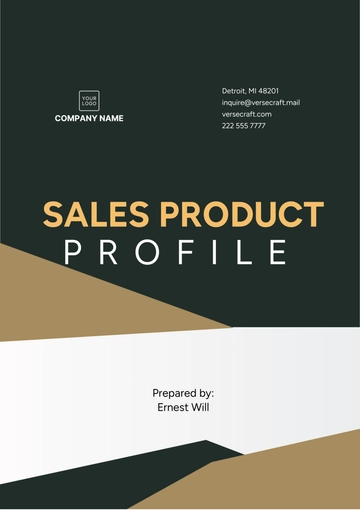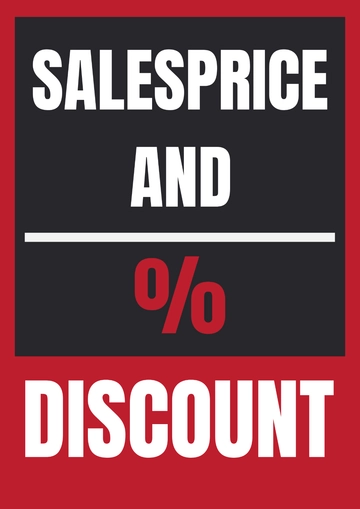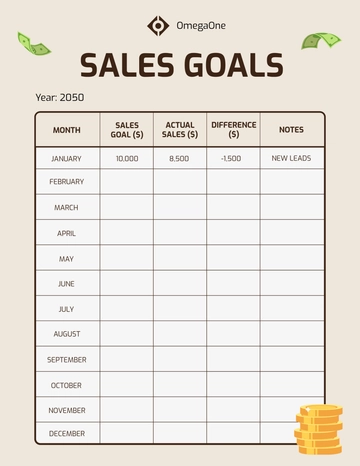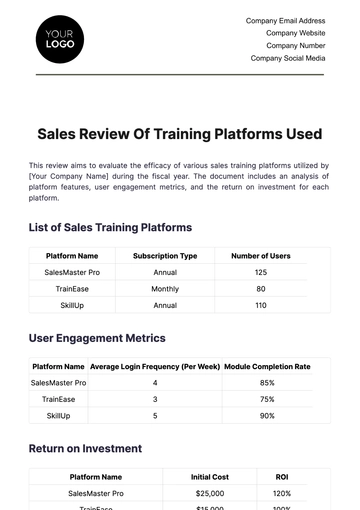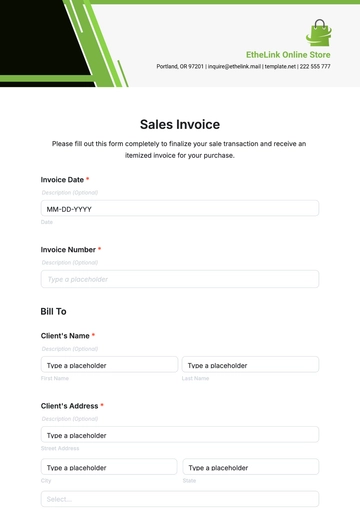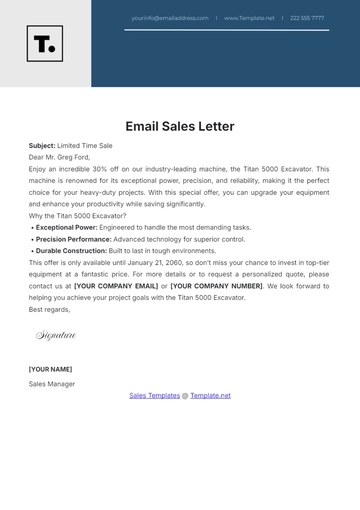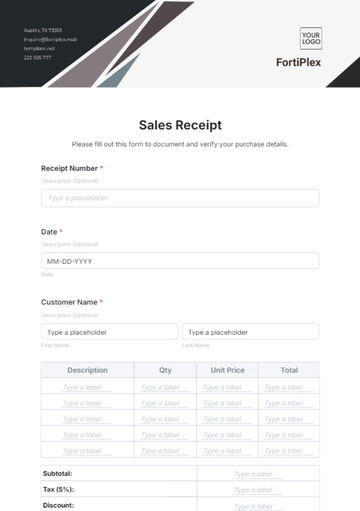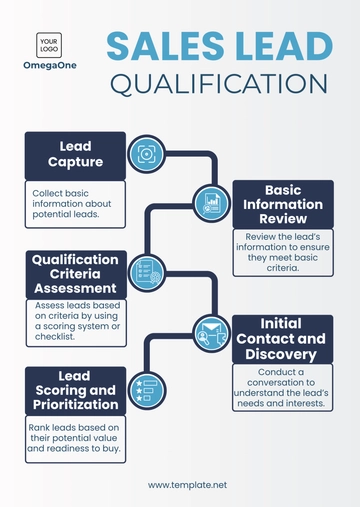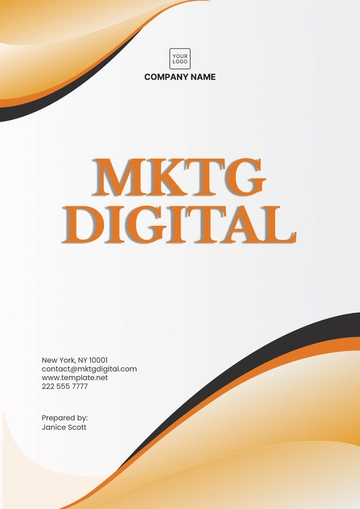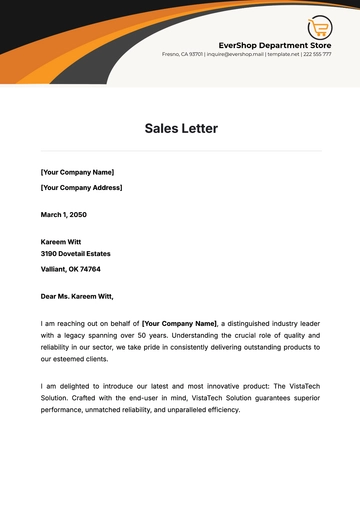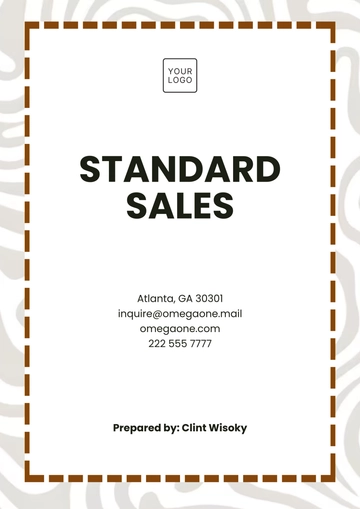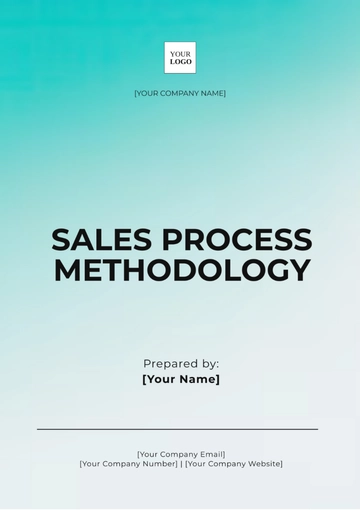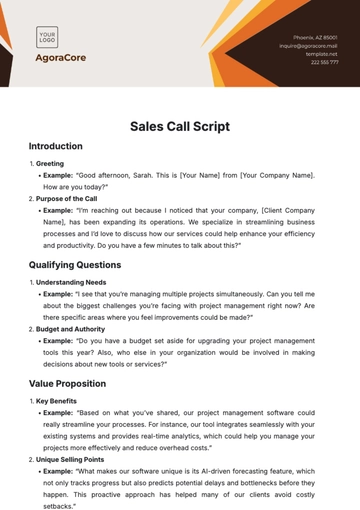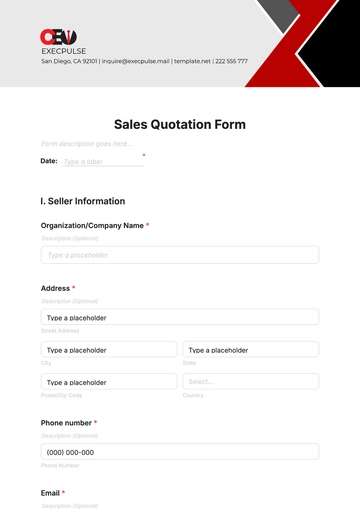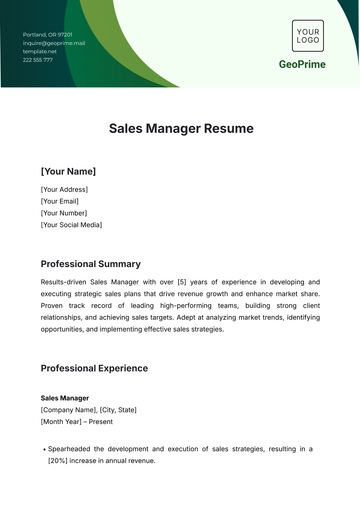Free Sales Detailed Financial Breakdown of Revenue
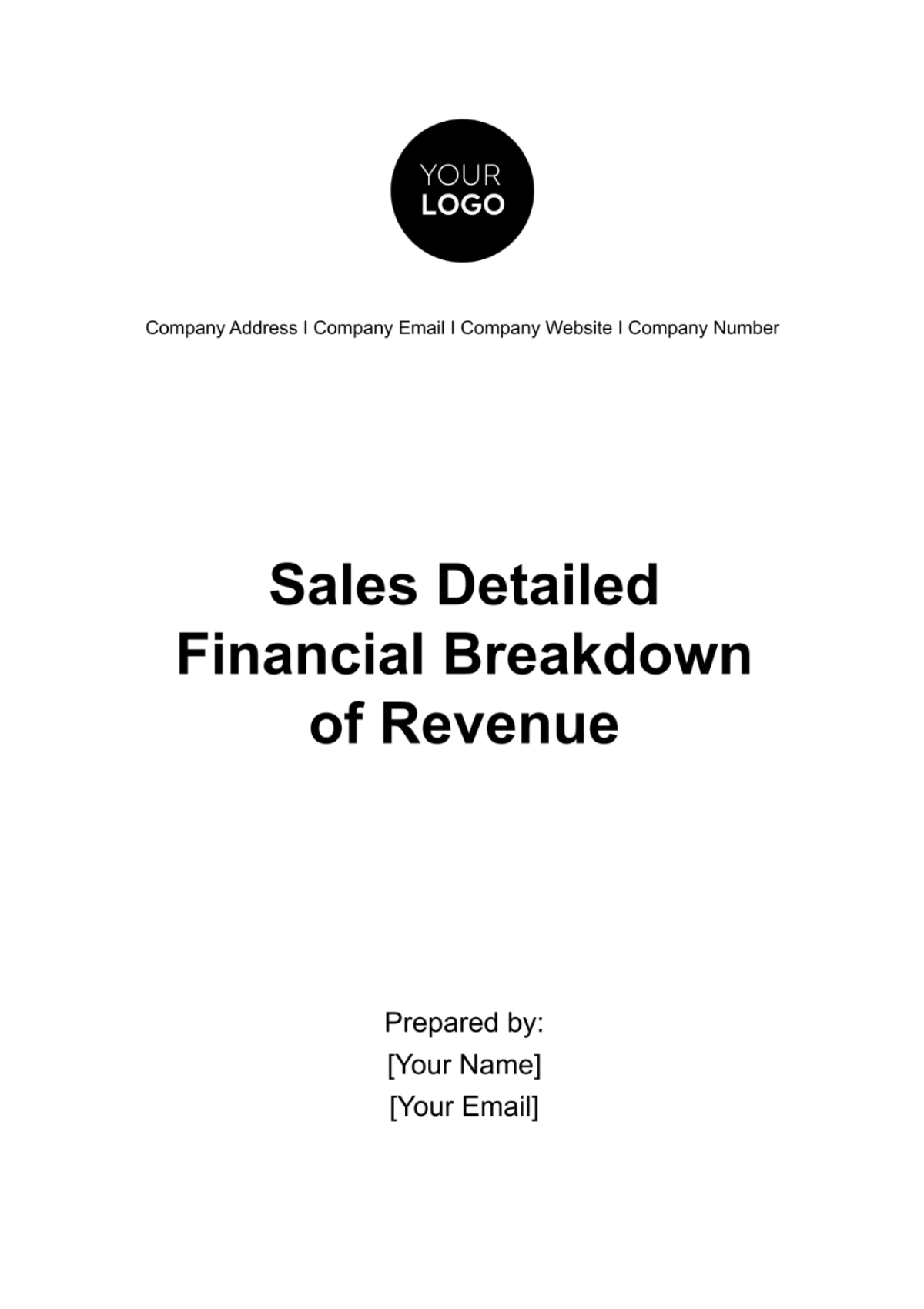
I. Introduction
A. Background Information
[Your Company Name] is a leading technology company based in the United States that specializes in developing innovative software solutions for businesses across various industries. Established in 2050, we have consistently pushed the boundaries of technology to deliver cutting-edge products and services to our clients.
In a rapidly evolving digital landscape, our commitment to excellence and customer-centric approach has allowed us to maintain a strong foothold in the market. We operate in a highly competitive environment, and our ability to adapt and innovate has been a key driver of our success.
B. Objectives of the Report
The primary objective of this report is to provide stakeholders with a comprehensive analysis of [Your Company Name]'s financial performance for the fiscal year ending December 31, 2050. This report aims to offer a detailed breakdown of our revenue sources, key financial metrics, and a comparison with the previous year's performance. Through this analysis, we aim to gain insights into our revenue streams, identify areas for growth, and make informed strategic decisions.
C. Scope and Methodology
To achieve the objectives of this report, we conducted a thorough analysis of our financial data for the fiscal year 2050. The scope of our analysis includes:
Revenue sources breakdown, including product sales, service revenue, and licensing fees.
Geographic distribution of revenue to identify our primary markets.
Detailed examination of product sales, service revenue, and licensing fees, including unit sales, pricing, and growth trends.
Analysis of costs of goods sold (COGS) to understand our profitability.
Assessment of operating expenses and operating profit margins.
Net profit analysis, including earnings before interest and taxes (EBIT), interest expenses, income tax analysis, and net profit margin.
Evaluation of financial ratios, including liquidity, solvency, efficiency, and profitability ratios.
Revenue forecast with growth projections, assumptions, and risk factors.
II. Revenue Overview
A. Total Revenue for FY2050
In the fiscal year ending December 31, 2050, [Your Company Name] achieved a total revenue of $10,500,000. This represents a year-over-year growth rate of 15%, reflecting our strong performance and market demand for our products and services.
B. Revenue Sources Breakdown
Product Sales: Product sales contributed significantly to our total revenue for FY2050, accounting for $7,350,000 in revenue. This category encompasses the sales of our diverse range of software products to businesses worldwide. Product sales constitute 70% of our total revenue for the year.
Service Revenue: Service revenue, derived from our professional services and support offerings, amounted to $2,100,000 for FY2050. Our commitment to delivering exceptional service to our clients has resulted in consistent growth in this revenue category, representing 20% of our total revenue.
Licensing Fees: Licensing fees, generated through software licensing agreements with corporate clients, contributed $1,050,000 to our revenue in FY2050. Licensing fees constitute 10% of our total revenue for the year.
C. Geographic Revenue Distribution
Our revenue is distributed across various geographic regions as follows:
D. Revenue Growth Trends
Over the past five years, [Your Company Name] has consistently demonstrated robust revenue growth. Our revenue growth trends indicate the following year-over-year increases:
III. Product Sales Analysis
A. Product Categories
[Your Company Name] offers a diverse portfolio of software products categorized as follows:
Category | Revenue |
Category A | $4,500,000 |
Category B | $2,200,000 |
Category C | $600,000 |
Category D | $150,000 |
B. Unit Sales and Pricing
During FY2050, we sold a total of 25,000 units of our software products. Our average selling price (ASP) for these products was approximately $420 per unit.
C. Top-Selling Products
Our top-selling products for the fiscal year 2050 were as follows:
Product | Units Sold | Revenue |
X | 8,500 | $3,825,000 |
Y | 5,200 | $2,184,000 |
Z | 2,000 | $900,000 |
D. Market Share Analysis
In terms of market share within our industry, [Your Company Name] held a 12% share in FY2050. This demonstrates our competitive strength and our position as a market leader.
IV. Licensing Fees Analysis
A. Licensing Models
[Your Company Name] employs various licensing models to meet our clients' needs, including:
Model | Revenue |
Model A | $700,000 |
Model B | $250,000 |
Model C | $100,000 |
B. Licensing Agreements
In FY2050, we entered into 50 licensing agreements with our corporate clients. These agreements span different industries and regions, contributing to our licensing fee revenue.
C. Licensing Revenue Breakdown
Our licensing fee revenue for FY2050 is broken down as follows:
New License Sales: $450,000
License Renewals: $600,000
D. Licensing Fees Growth
Compared to the previous fiscal year, our licensing fee revenue grew by 20%, indicating a steady demand for our software and licensing solutions.
V. Cost of Goods Sold (COGS) Analysis
A. COGS Breakdown
The cost of goods sold for FY2050 is detailed as follows:
Item | Cost |
Cost of Product Sales | $2,500,000 |
Cost of Service Delivery | $900,000 |
Licensing Fee Expenses | $180,000 |
B. Gross Profit Margin Analysis
Our gross profit margin for FY2050 is calculated as follows:
Gross Profit Margin = (Total Revenue - COGS) / Total Revenue
Gross Profit Margin = ($10,500,000 - $3,580,000) / $10,500,000
Gross Profit Margin = 65%
C. Cost Reduction Strategies
To optimize our profitability, we implemented cost reduction strategies, including:
Streamlining Production: This initiative resulted in savings of $300,000.
Supplier Negotiations: Negotiating favorable terms with suppliers led to savings of $200,000.
VI. Operating Expenses
A. Operating Expense Categories
[Your Company Name] incurs various operating expenses to support its business operations. The breakdown of operating expenses for FY2050 is as follows:
B. Expense Reduction Initiatives
To manage and optimize our operating expenses, we implemented several cost-saving measures:
Implementing efficient marketing strategies resulted in savings of $150,000.
Enhancing research and development processes led to savings of $200,000.
C. Operating Profit Margin
Our operating profit margin for FY2050 is calculated as follows:
Operating Profit Margin = (Total Revenue - Total Operating Expenses) / Total Revenue
Operating Profit Margin = ($10,500,000 - $4,350,000) / $10,500,000
Operating Profit Margin = 58%
VII. Net Profit Analysis
A. Earnings Before Interest and Taxes (EBIT)
In FY2050, our Earnings Before Interest and Taxes (EBIT) amounted to $3,200,000. EBIT represents our operating profit before considering interest and tax expenses.
B. Interest Expenses
We incurred interest expenses of $150,000 in FY2050. These expenses are associated with our financial liabilities.
C. Income Tax Analysis
Our income tax expense for FY2050 was $850,000. This expense reflects our tax obligations based on our taxable income.
D. Net Profit Margin
The net profit margin for FY2050 is calculated as follows:
Net Profit Margin = (Net Profit After Taxes) / Total Revenue
Net Profit Margin = ($2,200,000) / $10,500,000
Net Profit Margin = 21%
VIII. Financial Ratios
Ratio Type | Ratio Name | FY2050 Value |
Liquidity Ratios | Current Ratio | 2.2 |
Quick Ratio (Acid-Test Ratio) | 1.5 | |
Solvency Ratios | Debt-to-Equity Ratio | 0.45 |
Interest Coverage Ratio | 21 | |
Efficiency Ratios | Inventory Turnover Ratio | 5.2 |
Accounts Receivable Turnover Ratio | 7.8 | |
Profitability Ratios | Gross Profit Margin | 65% |
Operating Profit Margin | 58% | |
Net Profit Margin | 21% |
The financial ratios for FY2050 provide a comprehensive overview of the company's financial health across various dimensions. The liquidity ratios, with a current ratio of 2.2 and a quick ratio of 1.5, indicate that the company maintains a good position to meet its short-term liabilities with its short-term assets. This suggests a strong liquidity position, with enough liquid assets to cover immediate obligations without relying on the sale of inventory.
Solvency ratios further underscore the company's financial stability, with a debt-to-equity ratio of 0.45 highlighting a conservative use of debt and a strong equity position. An interest coverage ratio of 21 indicates that the company comfortably earns significantly more than its interest obligations, which is indicative of high financial flexibility and low risk of default.
Efficiency ratios, with an inventory turnover of 5.2 and accounts receivable turnover of 7.8, suggest that the company efficiently manages its inventory and collects receivables. This demonstrates effective operational management, ensuring resources are not tied up in inventory and that credit sales are collected in a timely manner.
Profitability ratios reveal strong margins; a gross profit margin of 65% and an operating profit margin of 58% indicate that the company effectively controls its cost of goods sold and operating expenses, respectively. A net profit margin of 21% confirms that after all expenses have been deducted, a significant portion of revenue remains as profit. Overall, these ratios depict a company that is not only efficient in its operations but also highly profitable, with solid liquidity and solvency positions, ensuring it is well-equipped to navigate short-term obligations and leverage for future growth.
IX. Revenue Forecast
A. Growth Projections
We anticipate the following growth projections for the next fiscal year (FY2051):
Total Revenue: $12,000,000
Year-over-Year Growth: 14%
B. Assumptions
Our revenue forecast for FY2051 is based on the following assumptions:
Market stability and moderate growth in demand.
Successful product launches and marketing campaigns.
Maintaining current customer retention rates.
No significant adverse economic events.
C. Risk Factors
While we are optimistic about our revenue forecast, we acknowledge potential risk factors that could impact our projections:
Economic downturns or recessions.
Increased competition in our industry.
Regulatory changes affecting our products.
Supply chain disruptions.
We will closely monitor these factors to mitigate risks and adjust our strategies as needed.
X. Conclusion
A. Summary of Key Findings
In the fiscal year ending December 31, 2050, [Your Company Name] demonstrated strong financial performance and continued growth. The key findings of this financial breakdown are:
Total revenue reached $10,500,000, with a year-over-year growth rate of 15%, highlighting our ability to meet market demands.
Diverse revenue sources, including product sales, service revenue, and licensing fees, contributed to our financial stability.
We maintained a competitive market position, holding a 12% market share within our industry.
Efficient cost management and cost reduction initiatives resulted in a healthy gross profit margin of 65%.
Our liquidity and solvency ratios indicate a strong financial position with low debt levels.
Efficiency ratios reflect effective management of inventory and accounts receivable.
A net profit margin of 21% showcases overall profitability after taxes.
B. Recommendations for Improvement
While we celebrate our achievements in FY2050, we acknowledge areas for improvement:
Diversify Revenue Streams: Exploring new markets and product offerings can further diversify our revenue sources, reducing reliance on any single category.
Enhance Marketing Efforts: Continued investment in marketing and advertising will help us reach a broader audience and increase brand visibility.
Customer Retention Focus: Maintaining and increasing customer retention rates should remain a priority to ensure sustained revenue growth.
Risk Mitigation: We must closely monitor potential risk factors, such as economic conditions and regulatory changes, and develop contingency plans to mitigate their impact.
Innovation and Research: Continued investment in research and development will support product innovation and long-term growth.
Sustainability Initiatives: Exploring sustainability initiatives can align us with evolving market trends and customer expectations.
- 100% Customizable, free editor
- Access 1 Million+ Templates, photo’s & graphics
- Download or share as a template
- Click and replace photos, graphics, text, backgrounds
- Resize, crop, AI write & more
- Access advanced editor
Achieve transparency and insight into your financial performance with the Sales Detailed Financial Breakdown of Revenue Template from Template.net. This editable and customizable template enables a comprehensive view of your revenue streams. Tailor it precisely to your financial structure using our AI Editor tool, facilitating detailed analysis and informed decision-making in your sales strategy.

